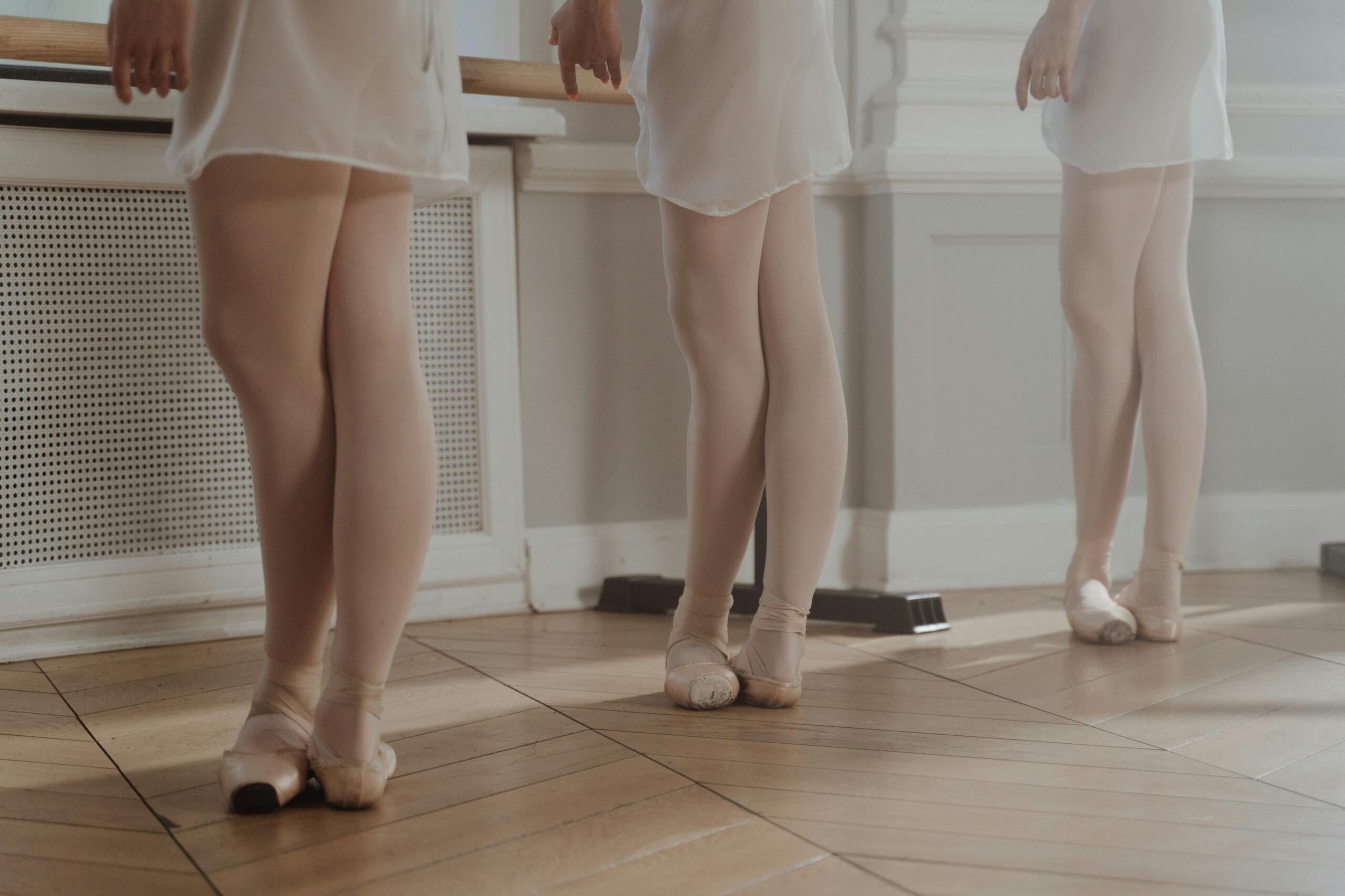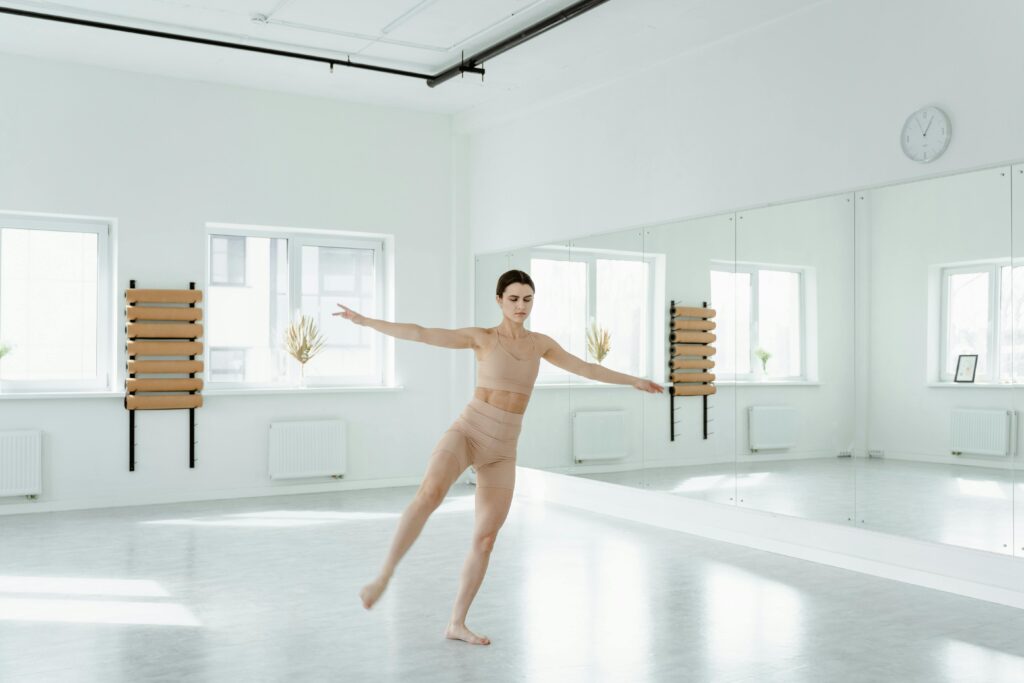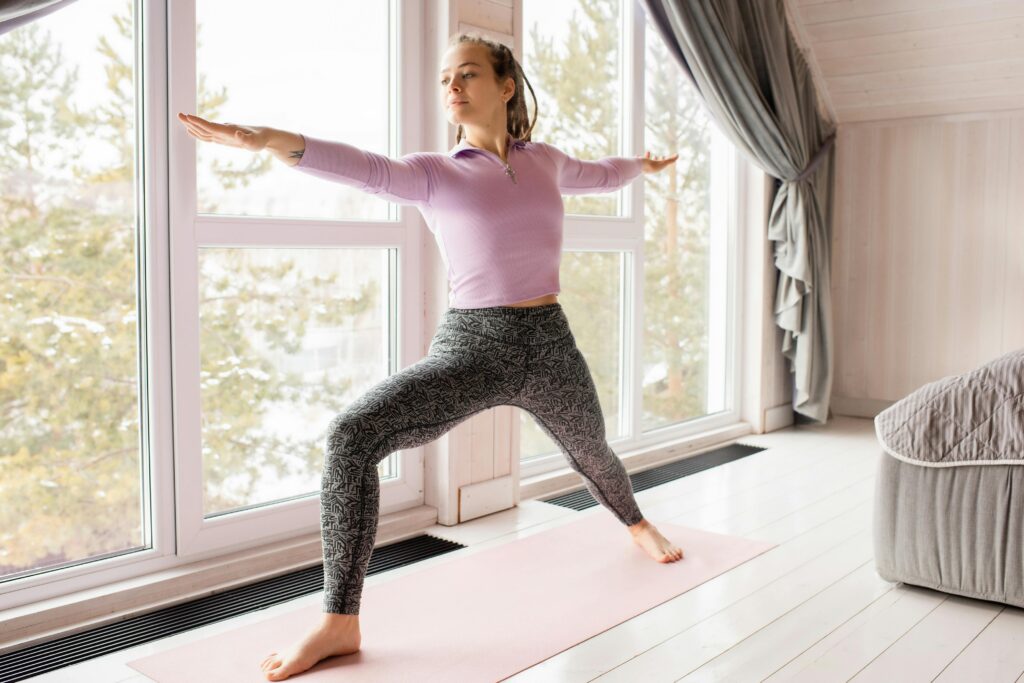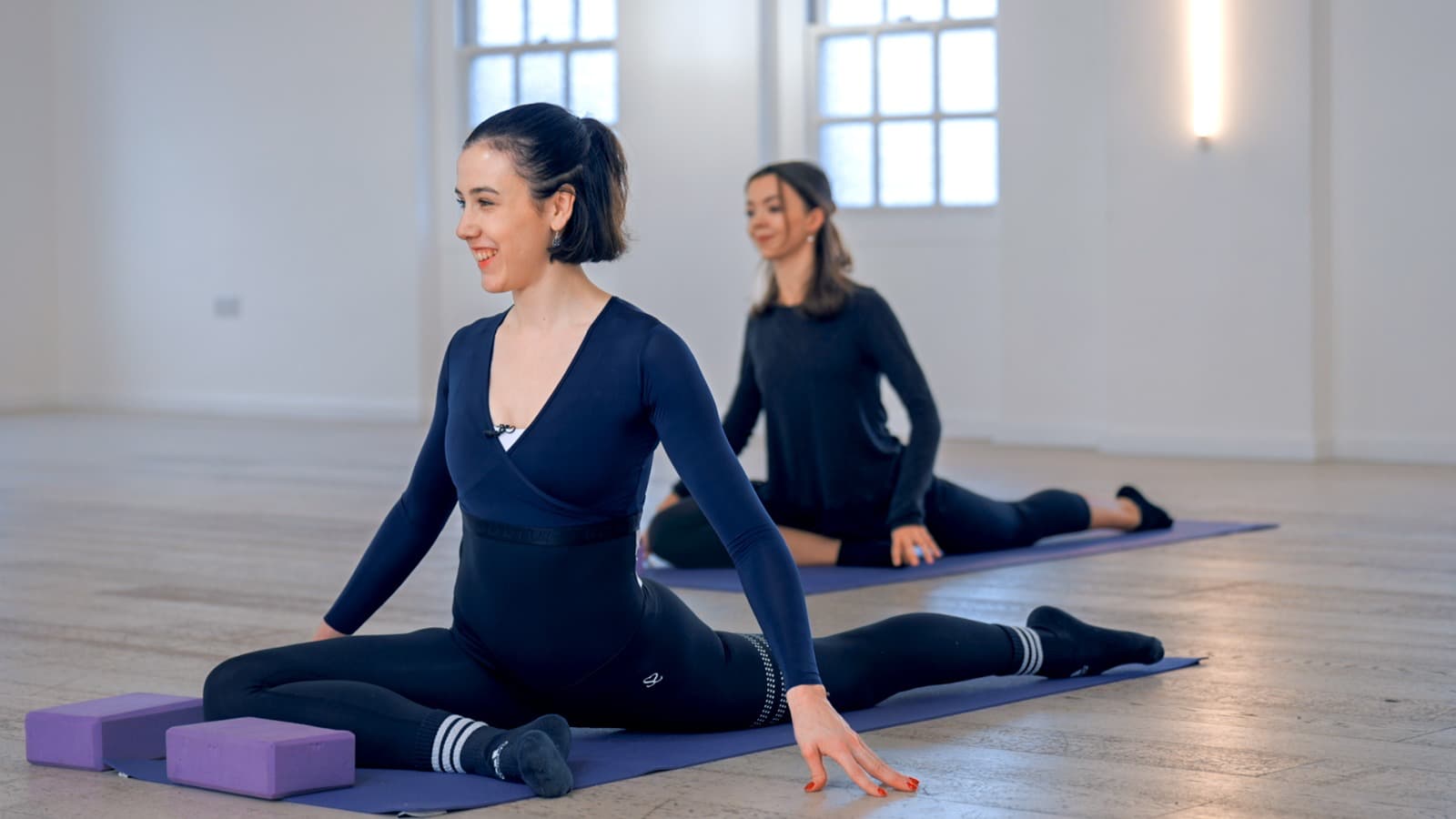For many dancers, going on pointe represents a lifelong dream, a significant milestone, and a powerful symbol of dedication to ballet. Adult dancers often aspire to dance on pointe, driven by passion and a sense of achievement. Yet, achieving this dream requires more than excitement; it demands careful preparation, strength, and an unwavering commitment to building a strong foundation. This is where Ballet With Isabella’s Beginner Pointe Course and Stronger Pointe Course can help you – you can even give them a try on our 14-day free trial!
Going on pointe isn’t just about slipping on a pair of pointe shoes; it’s about ensuring your body is ready to support the intensity and pressure that comes with this beautiful art form. In this guide, we’ll walk you through essential preparation steps to help you confidently and safely transition to pointe work.
Preparation Tips for Going on Pointe
1 – Take It Slow
The journey to going on pointe should be taken slowly and deliberately to avoid injury. Your feet, ankles, and legs need adequate time to build the strength required to dance on pointe.
Why Taking It Slow Matters:
Strength and injury prevention are key when transitioning to pointe. Rushing the process can lead to foot and ankle injuries, which are not only painful but could also hinder your progress.
Recommended Exercises:
- Foot Stretches: Regular foot stretches improve flexibility and mobility, essential for reaching a full pointe position.
- Resistance Band Training: Using resistance bands can help strengthen the small muscles in your feet and ankles, preparing them for the demands of pointe work.
2 – Master the Basics
Before even thinking about pointe shoes, it’s crucial to master foundational ballet movements. Pointe work relies heavily on proper technique, alignment, and strong basics.
Key Foundational Movements:
- Pliés: Essential for developing strength in the legs and improving flexibility in the hips.
- Tendus: Helps refine the articulation of the feet and builds strength in the lower legs.
- Rises: Improves balance and strengthens the calf muscles, crucial for pointe work.
Technique and Alignment:
Focusing on these movements helps you achieve better alignment and ensures that your joints are properly supported. Proper alignment reduces the risk of strain and allows for more efficient, graceful movements on pointe.
3 – Strengthen the Whole Body
While foot and ankle strength are critical for pointe work, it’s essential not to overlook the importance of overall body strength. Dancers need a strong core, legs, and lower back to maintain balance and control on pointe.
Why Full-Body Strength Matters:
Your core and leg muscles provide the stability needed to execute movements with precision. Without sufficient strength in these areas, dancing on pointe can be challenging and increase the risk of injury.
Recommended Exercises:
- Single-Leg Rises: Stand on one leg and slowly rise onto the ball of your foot. This exercise builds strength in the calf muscles and improves balance.
- Calf Raises: Calf raises are vital for developing strong lower legs, providing the power you need for pointe work.
4 – Ensure a Proper Fit
Choosing the right pair of pointe shoes is crucial. Ill-fitting shoes can cause discomfort, hinder your performance, and even lead to injuries. Pointe shoes must be fitted correctly to provide the necessary support and alignment for your feet.
Why a Proper Fit is Essential:
Each dancer’s foot shape and arch are different, which means finding the perfect fit is a highly personalised process. Working with a professional fitter can make all the difference in ensuring your pointe shoes support you correctly.
Tips for a Proper Fit:
- Get Professionally Fitted: A professional fitter can assess your foot shape, arch, and strength to recommend the best pointe shoe for you.
- Reassess Regularly: As you build strength and develop your technique, your shoe needs may change. It’s essential to get refitted periodically to ensure continued support and comfort.
Beginner Pointe Course with Isabella
If you’re ready to take the next step towards your dream, consider enrolling in Ballet With Isabella’s Beginner Pointe Course. This course is perfect for dancers who are just starting their pointe journey or coming back from injury and looking to rehabilitate. You’ll learn everything from preparing your shoes to building strength and mastering essential pointe exercises.
Stronger Pointe Course with Isabella
This course is designed for intermediate dancers aiming to further improve their pointe work. The Stronger Pointe course focuses on strengthening the feet, conditioning the legs, and refining technique with targeted lower leg drills, daily feet exercises, and challenging barre and centre drills. Isabella’s expert tips ensure you train effectively and safely, building endurance and strength to achieve clean and solid movements. Ideal for dancers proficient on pointe and seeking to improve, this course helps build stronger lower legs and enhances overall technique. Not suited for beginners or those new to pointe work, it’s perfect for experienced dancers aiming for more strength and precision.
Going on pointe is a beautiful milestone, and with the right preparation, you can fulfil your dream safely and effectively. Celebrate your journey and take the next step with Ballet With Isabella’s pointe courses to reach new heights in your ballet experience.
Don’t wait to get started – Join Ballet with Isabella, try out our 14-day FREE trial, and explore the Beginner Pointe Course and Stronger Pointe Course today!




